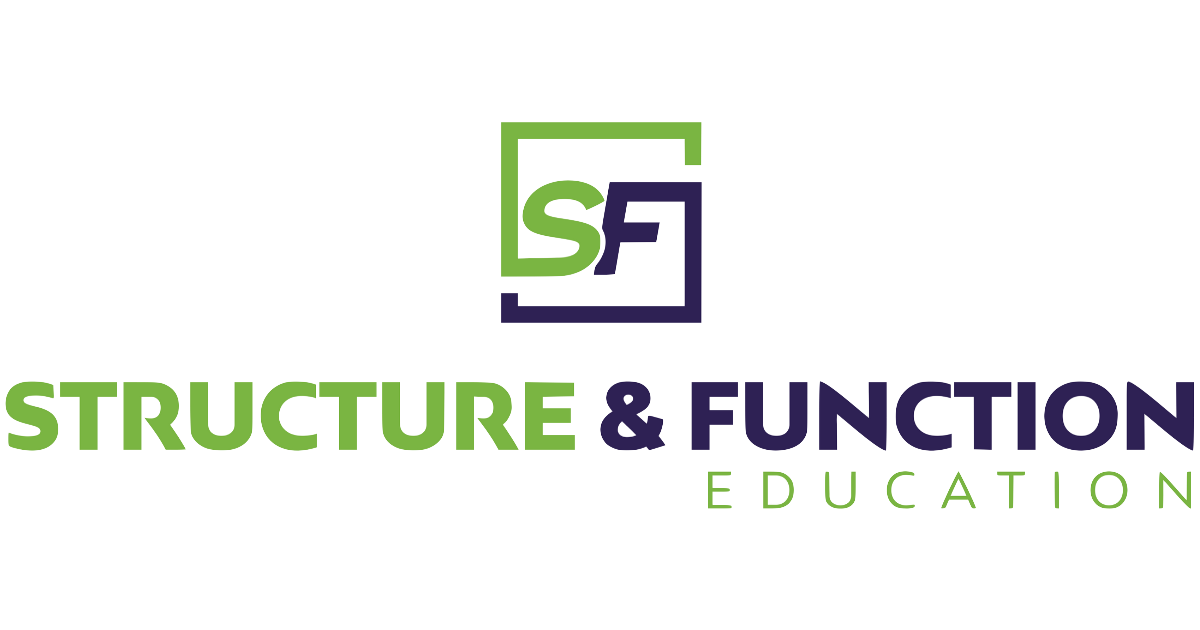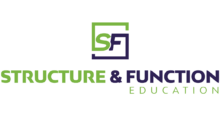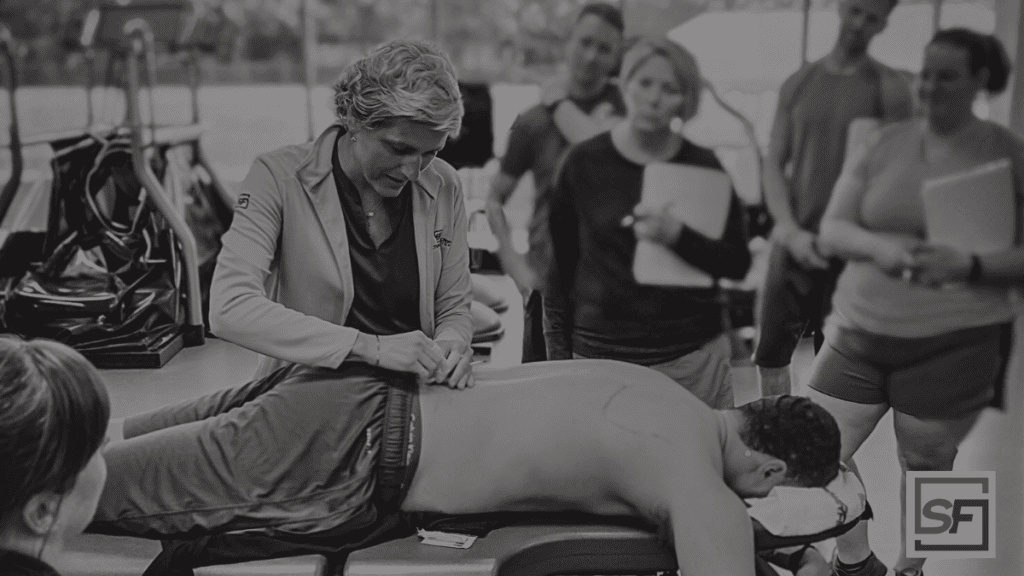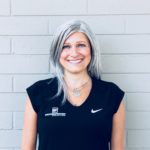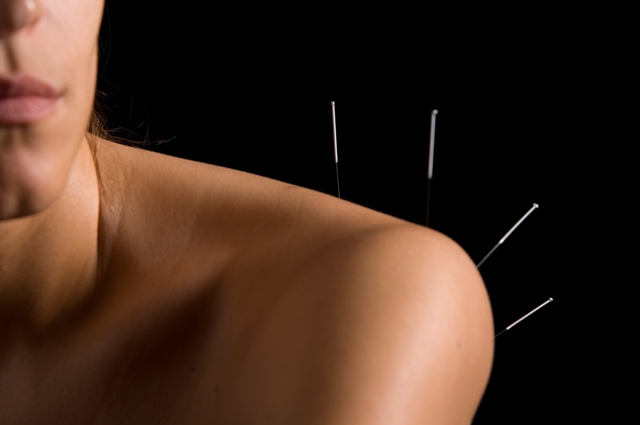Acupuncture versus Dry Needling
Settling the Debate Once and For All
For years, hands-on healthcare professionals and acupuncturists have been trying to claim their stake over the use of needles to relieve pain, which has resulted in a grand debate over the differences between acupuncture and dry needling. Allow me to set the scene on the acupuncture versus dry needling debate for you.
The Acupuncturist Point of View
On one side of the debate, acupuncturists believe that dry needling IS acupuncture. As such, the training that physical therapists, athletic trainers and chiropractors receive to practice dry needling is not nearly sufficient enough to be using the needle.
Other Healthcare Professionals Point of View
On the other side, clinicians argue that the two interventions are not the same since eastern medicine is not discussed in dry needling training courses. Therefore, the education these western medical practitioners receive, paired with their advanced knowledge of the human anatomy, qualifies them to practice this modality. But which side is right?
The Showdown
In the spirit of getting to the bottom of this decades-long debacle, I’m pitting acupuncture versus dry needling to hash out the similarities and differences between the two, and making the case for an evidence-based answer.
What are the Similarities Between Acupuncture and Dry Needling?
It’s no secret that, on the surface, acupuncture and dry needling look incredibly similar. Here are a few reasons why these two practices can be mistaken for one another:
1. They rely on the same instrument
Both acupuncture and dry needling utilize small, filiform needles inserted into the body, with insertions ranging from the epidermal layer to the bone.
2. They are structured around similar knowledge and theories
To practice dry needling or acupuncture, one must have a deep, intimate understanding of the human anatomy, pathology and physiology. This not only increases the likelihood of effective treatments, but also ensures a safer experience for the patient. Likewise, both versions of needling are based on similar theories, at least from a western medicine standpoint. Myofascial pain, pain points or trigger points are targeted by needle with the intention to engage various neurophysiological mechanisms.1
3. They treat the same conditions
Acupuncture and dry needling can both be utilized to relieve pain and treat a multitude of musculoskeletal system disorders.1
It that all?
Convinced that acupuncture and dry needling are one in the same? Not so fast. While these two methods share some foundational congruences, there are a few factors that drastically set them apart.
What are the Differences Between Acupuncture and Dry Needling?
When we dig deep into the nature of the two interventions, you’ll find that acupuncture and dry needling are actually incredibly different.
1. Acupuncture is an incredibly inclusive term that dry needling falls under.
Think of it this way. There are millions of people in the world who could be classified as an athlete. However, just because you are an athlete who plays baseball doesn’t mean you can translate those exact skills and become a tennis pro. Sure, the mechanics are the same; you’re swinging at a ball and you need incredible hand-eye coordination to succeed. But, the natures of the games are different, and thus are separated as such.
The same goes for acupuncture.2 Western medical acupuncture, based on physiologic concepts, is a subset of traditional acupuncture, based on historical concepts of balancing Yin and Yang, improving Qi, and ‘stimulating meridians’.1 Similarly, dry needling, wet needling (the use of injecting a substance with a needle), and more; sit under the umbrella of western medical acupuncture: all based on similar competencies, but completely different practices.
“Acupuncture overlaps with dry needling with respect to needling instruments, technique, and its widespread use in disorders of the musculoskeletal system. Additionally, both western medical acupuncture and dry needling are based on modern biomedical understandings of the human body. Acupuncture points (including ah shi points) and trigger points overlap significantly in the treatment of pain; localized muscle twitches in dry needling and de qi sensations in acupuncture, respectively, are used as prognostic criteria to predict the effectiveness of needling. As stated by White and colleagues in the definition of western medical acupuncture, variations include subcutaneous needling over tender muscle trigger points. Thus, dry needling should be recognized as a subcategory of western medical acupuncture.” 1 While dry needling may be one form of western medical acupuncture, western medical acupuncture and traditional acupuncture are much more broad and complex than dry needling alone.
2. The practice of acupuncture is more highly regulated.
To be a certified acupuncturist, a clinician must undergo much more formal training and accreditation processes than a clinician looking to practice dry needling would. According to Dr. Kehua Zhou and colleagues in their 2015 research article, acupuncture:
- Requires hundreds, or often thousands, of hours of specialized acupuncture education
- Requires state licensure (based on passing national level examinations and maintaining good professional records)
- Is governed by the acupuncture or medical board of the state education department in most states 1
… while the practice of dry needling:
- Requires training from continuing education programs that are not strictly regulated and have few (if any) standards to comply with
- Is not associated with a state or national evaluation systems, and standards for healthcare governing administrations and policymakers are not yet established 1
- Can only be practiced by licensed or certified healthcare practitioners who have extensive knowledge and education in anatomy, physiology, pathophysiology, neurophysiology, examination, palpation, manual therapy, universal precautions, emergency care and more.
- This education ranges anywhere from 4-7+ years of formal education in healthcare with a focus on the above subjects
- The state regulates healthcare practitioners’ licenses and what they are legally able to do with that license or certification.
These notable differences in the education and regulation are clear-cut examples of why dry needling is NOT acupuncture.
The Final Verdict
Is dry needling a subset of acupuncture? Yes. Does that make dry needling acupuncture? Not exactly. Should we all just get along? Experts say so! “Collaboration and integration should be strengthened between dry needling practitioners who are not physicians and acupuncturists so that the patients can receive safe and high-quality acupuncture treatment.”2 So there you have it… debate over!
Just because you’re not an acupuncturist doesn’t mean you can’t master the needle! Check out my website for a beginner fundamentals course or an advanced dry needling course near you! And by the way…acupuncturists are welcome!
References:
- Zhou K, Ma Y, Brogan MS. Dry needling versus acupuncture: the ongoing debate. Acupunct Med. 2015 Dec;33(6):485-90. doi: 10.1136/acupmed-2015-010911. Epub 2015 Nov 6.
- Zhu H, Most H. Dry Needling Is One Type of Acupuncture. Medical Acupuncture. Aug 2016. Ahead of print. http://doi.org/10.1089/acu.2016.1187
